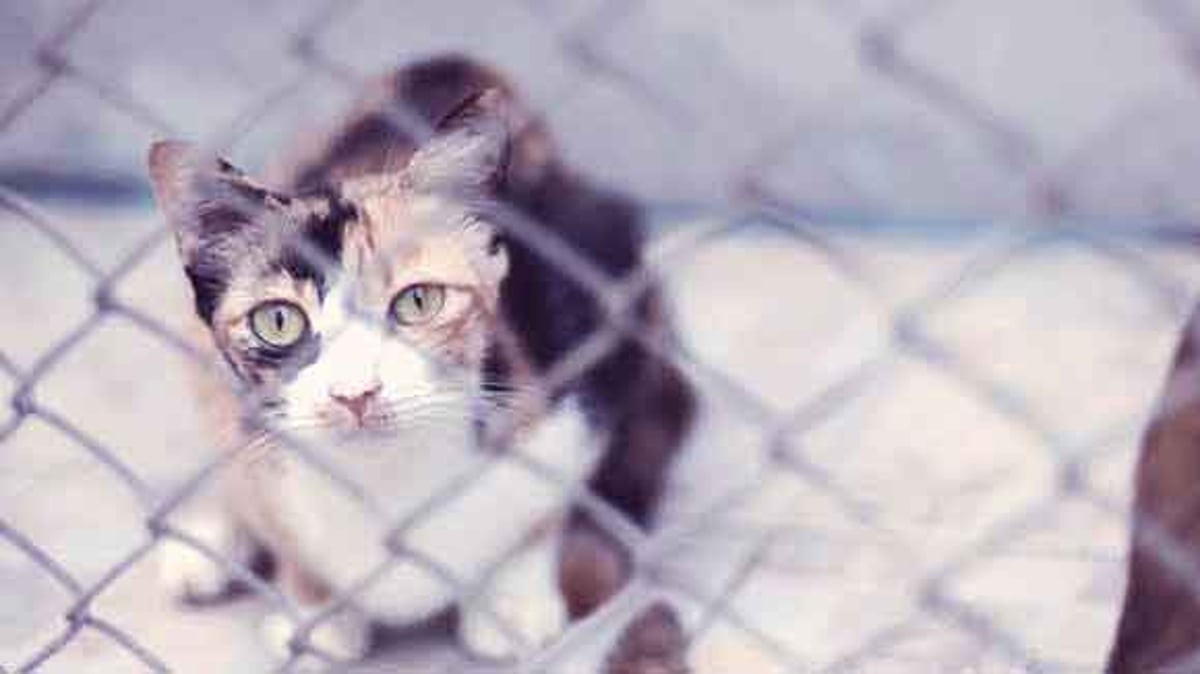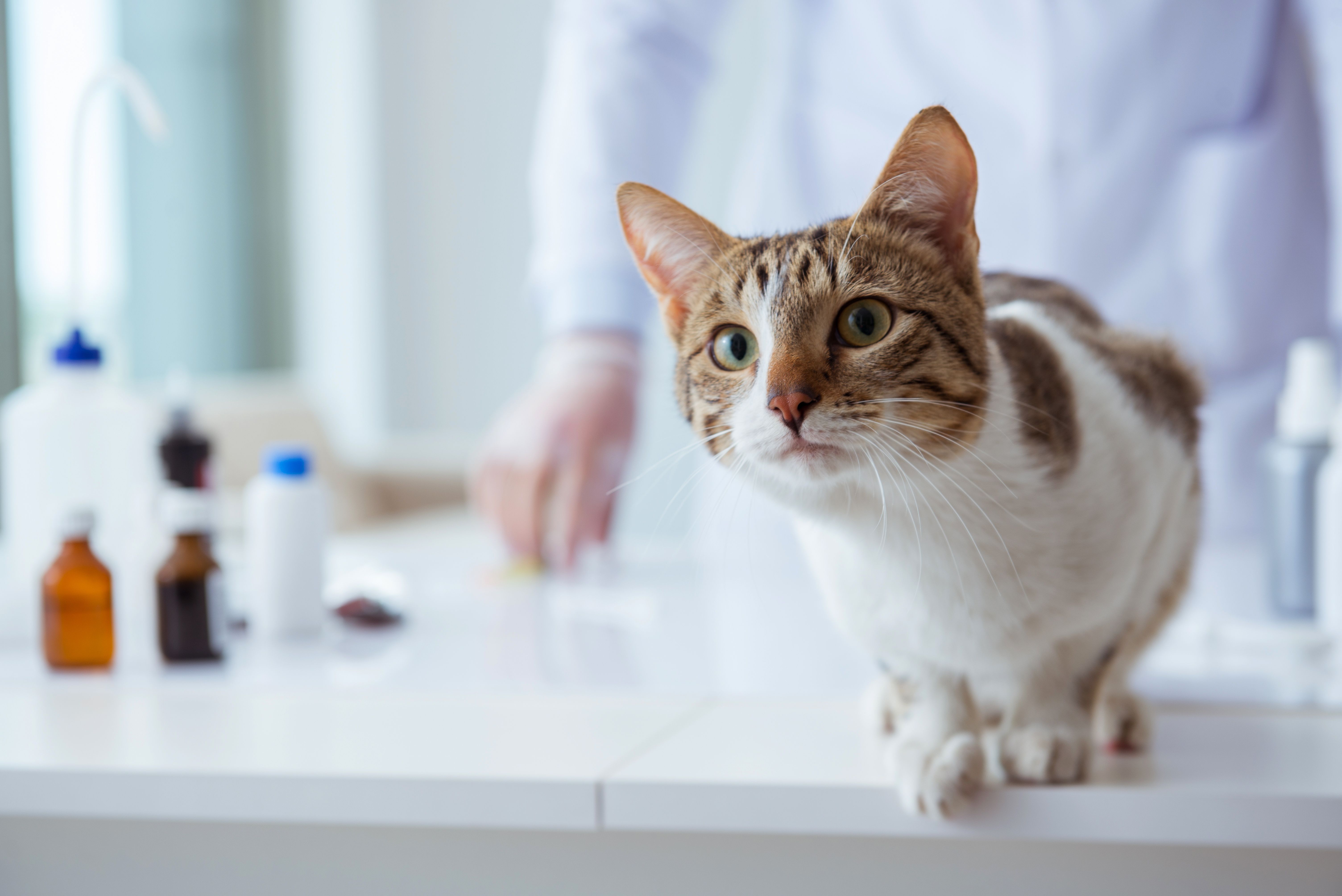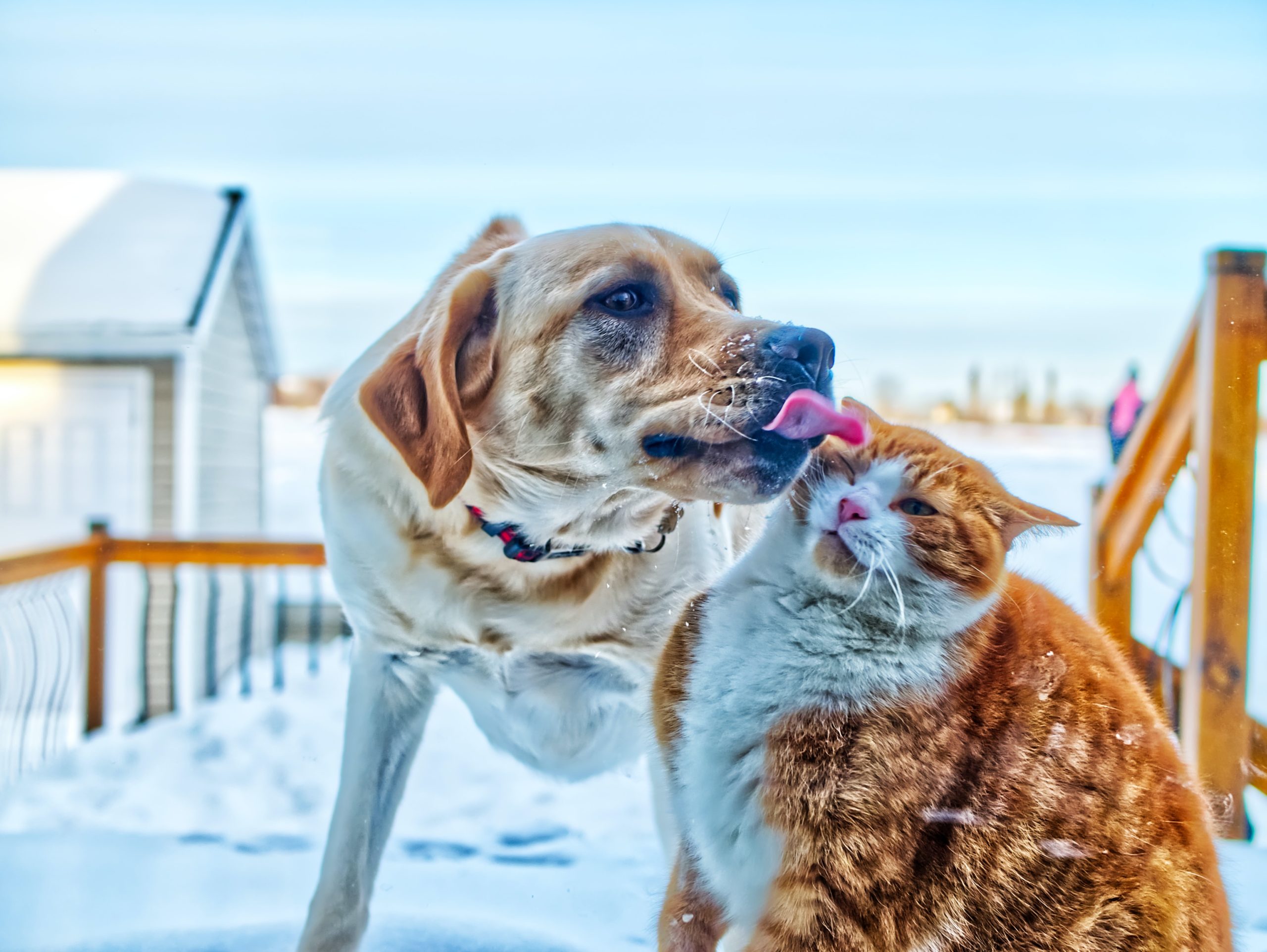alimentary lymphoma in cats and dogs
Perioperative complications after full-thickness gastrointestinal surgery in cats with alimentary lymphoma. Feline GI lymphoma is histologically classified as low intermediate or high grade according to the size and anaplasticity of the neoplastic.

Vet Talks Gastrointestinal Lymphoma In Cats Gastrointestinal Cat Supplements Cat Health
It is common for dogs with lymphoma to have lymph nodes 3-to-10 times their normal size.

. Alimentary lymphoma is the second most common type of lymphoma and it affects the dogs gastrointestinal tract. The median or average age of the cats with alimentary lymphomas is around 10 years old and they are mostly FeLV negative. Chemotherapy including steroids and nutritional.
Lymphoma generally develops in middle-aged to older dogs. Several subtypes of AL can be defined according to the histological grade low intermediate or high cell size small or large and phenotype T or B of the neoplastic lymphocytes 6 8 14. She graduated from the University of Tennessee College of Veterinary Medicine and currently practices in the central Kentucky region.
Clinical signs of lymphoma in the gastrointestinal tract include weight loss vomiting diarrhea and often either a decreased or increased appetite. Bloodwork is likely to be normal in cats with gastrointestinal. Alimentary or Intestinal Lymphoma By far the most common lymphoma in cats this type of lymphoma affects the gutsIntestinal lymphoma can actually be split into two further types- small cell lymphoma and large cell lymphoma.
There are a few papers reporting association of feline immunodeficiency virus FIV infection and feline lymphomas. Alimentary lymphoma in cats and dogs. Colorectal lymphoma in dogs is typically high grade and B-cell origin Table 1.
Since it is not aggressive cats have higher chances of survival. Cats with the alimentary form of lymphoma often present with weight loss rough hair coat loss of appetite vomiting and diarrhea although vomiting and. Managing feline gastrointestinal lymphoma Proceedings July 31 2010.
Not only is this the most common anatomical form of lymphoma 50 to 75 it is also the most common alimentary neoplasia in cats 15 819. Lymphoma is one of the most common malignant tumors to occur in dogs. Another common form of lymphoma in dogs is alimentary lymphoma.
The feline lymphoma stages predict the behavior of the cancer and survival odds. Gastrointestinal GI or alimentary lymphoma is the most common form of lymphoma in cats. Addie has special interests in.
Alimentary lymphoma in cats and dogs Vet Clin North Am Small Anim Pract. Author Tracy Gieger 1 Affiliation 1. Feline lymphoma can be found in several different sites.
Wilson AP Hardie RJ et al. Alimentary lymphoma or what is commonly known as Gastrointestinal lymphoma is one of the most common kinds of lymphoma that I have seen in cats. Symptoms Gastrointestinal lymphoma accounts for approximately 5 of cases and is less easily diagnosed than the more common.
The causes of lymphoma in dogs and cats can be difficult to determine. This type of dog and cat lymphoma often causes weight loss lethargy loss of appetite vomiting and. Learn about pet lymphoma and how to support your pet from NHV Natural Pet Products.
The higher the number of stages the more cancer has. Physical exam findings may be normal though thickened intestines or abdominal masses may be felt. In the cat it is most commonly found in the intestinal tract.
Low-grade alimentary lymphoma LGAL is characterised by the infiltration of neoplastic T-lymphocytes typically in the small intestine. Stages of Cat Lymphoma. Given that LGAL shares common clinical.
KY with her husband greyhound and four cats. Find NHVs tried and tested pet lymphoma supplements in one. This type of dog and cat lymphoma often causes weight loss lethargy loss of appetite vomiting and diarrhea.
Department of Veterinary Clinical Sciences Louisiana State University School of Veterinary Medicine Skip Bertman Drive Baton Rouge LA 70803 USA. Cats and dogs who have been infected with giardia may also develop inflammation in the intestinal tract. It can become fatal if the tumor is situated near the small or large intestine since it can restrict the passage of bowel and pose health hazards.
Small animal practice year2011 volume41 2 pages 419-32 T. A small cell lymphoma in cats is slow-growing. However it can arise in almost any tissue in the body.
Mitchell DVM DVSc DACVIM. It can affect any portion of the stomach or intestine. The incidence of LGAL has increased over the last ten years and it is now the most frequent digestive neoplasia in cats and comprises 60 to 75 of gastrointestinal lymphoma cases.
Published 1 March 2011. Each type of lymphoma is named for the area that it is found. Lymphoma is less common in dogs than in cats.
However its clinical often indolent course has been recently described in two studies. Alimentary lymphomas include a gastrointestinal GI form a mesentery lymph node form and a hepatic form. Natural Supplements for Inflammatory Bowel Disease in Dogs and Cats IBD in Dogs and Cats.
In contrast to lymphoma in dogs which is commonly the multicentric nodal form lymphoma in cats can present in a variety of locations. Lymphoma is one of the most common cancers diagnosed in dogs and cats. Alimentary lymphoma in cats and dogs.
According to the American Kennel Club AKC it accounts for 10 of all canine lymphomas. These swellings are not painful and feel like a firm rubbery lump that moves freely beneath the skin. Alimentary lymphoma- It occurs in the gastrointestinal tract of dogs.
Vet Surg 2011 doi. ArticleGieger2011AlimentaryLI titleAlimentary lymphoma in cats and dogs authorTracy L Gieger journalThe Veterinary clinics of North America. The dog was discharged from the hospital on day 12 with instructions to the owner to return in 7 d for reevaluation and suture removal.
Alimentary lymphoma in dogs causes vomiting diarrhea decreased appetite and weight loss. Alimentary lymphoma in cats and dogs. Lymphoma is the most common hematopoetic tumor in dogs and cats.
The results of the biopsy indicated high grade alimentary lymphoma lymphosarcoma malignant lymphoma with a poor long-term prognosis. Cancer staging helps vets choose the best treatment for lymphoma in cats. Low-grade alimentary T-cell lymphoma is the most common form of AL in cats and it was believed it was extremely rare in dogs.
This form of lymphoma mainly affects the intestinal tract. New information has recently come to light that expands our knowledge regarding how to diagnose and manage this disease. This cancer usually arises in lymph tissues such as lymph nodes spleen liver and bone marrow.
Furthermore Alimentary Lymphoma AL represents only 7 of all canine lymphoma Gieger 2011.

Felimm For Dogs Yeast Infection Viral Infection Natural Pet

Inspirujaca Grafika W We Heart It Cats Animals Inspirational Pictures

Cancer Lymphoma In Dogs And Cats

Lymphoma In Dogs And Cats Vets Now Professionals

Feline Lymphoma Diagnosis And Treatment

Causes And Risks Of Cat Lymphoma And Leukemia Vlog 97 Youtube

Pin On Wild Plum Valley Farm Ideas

Lymphoma In Cats Cat Guides Feline Hyperthyroidism Cats Feline

Lymphoma In Cats Veterinary Partner Vin

Curcumin For Dogs Cats What Are The Benefits Anti Inflammatory For Dogs Natural Anti Inflammatory Curcumin

Lymphoma In Cats Great Pet Care

Lymphoma In Dogs Cats What S The Latest Today S Veterinary Practice

Cancer Lymphoma In Dogs And Cats

Gotu Kola Is A Herb Used In Many Of Our Supplements For Pets It Has Many Benefits And You Can Find It In Our Formulas For Pets Herbs Hyperthyroidism Remedies

What You Need To Know About Feline Intestinal Lymphoma Vlog 98 Youtube


